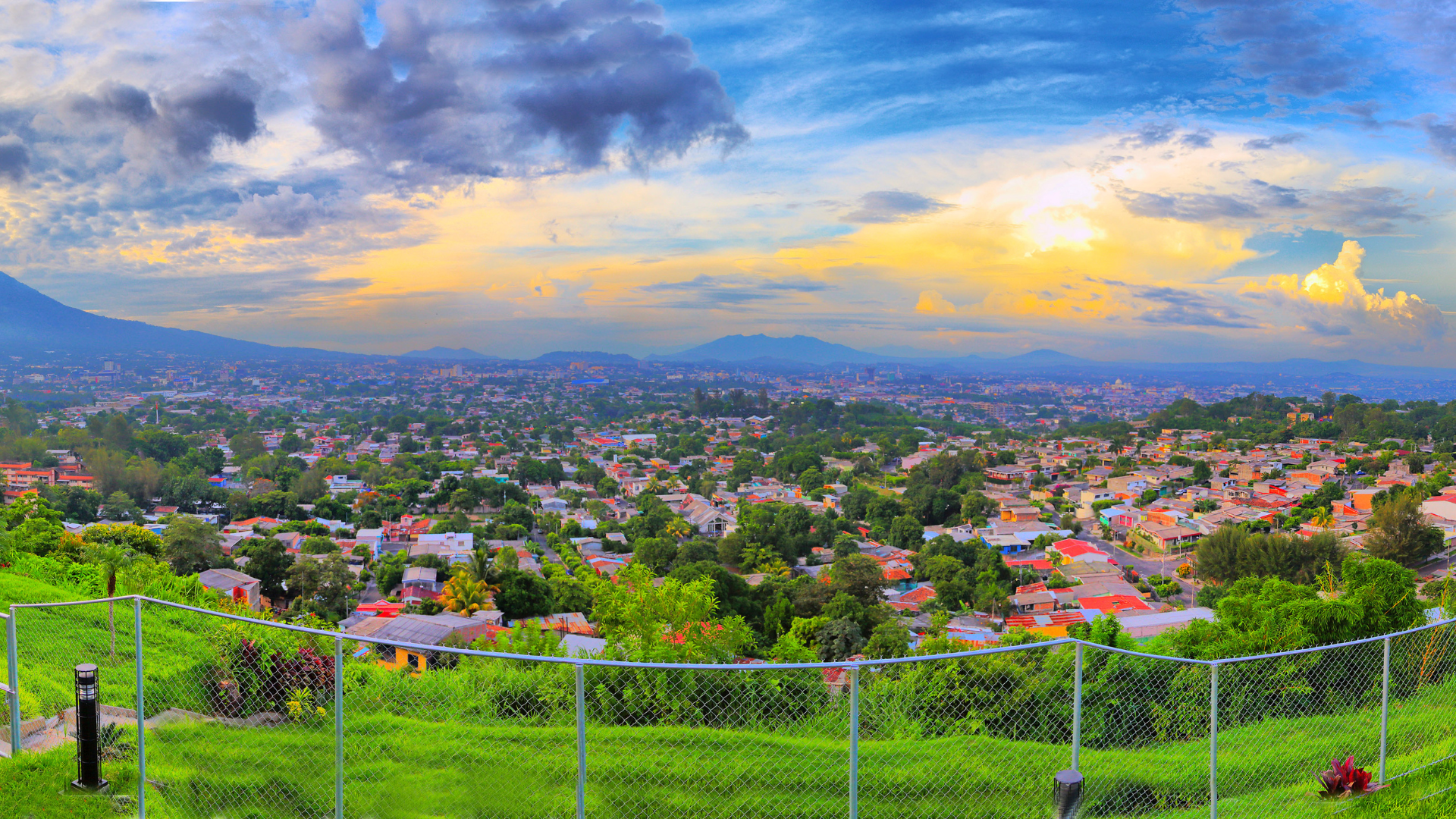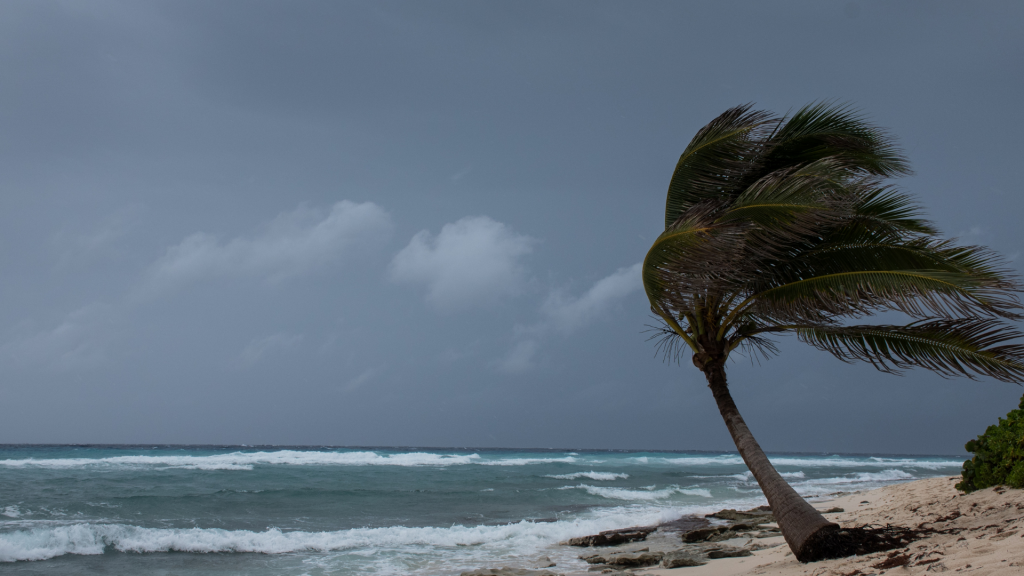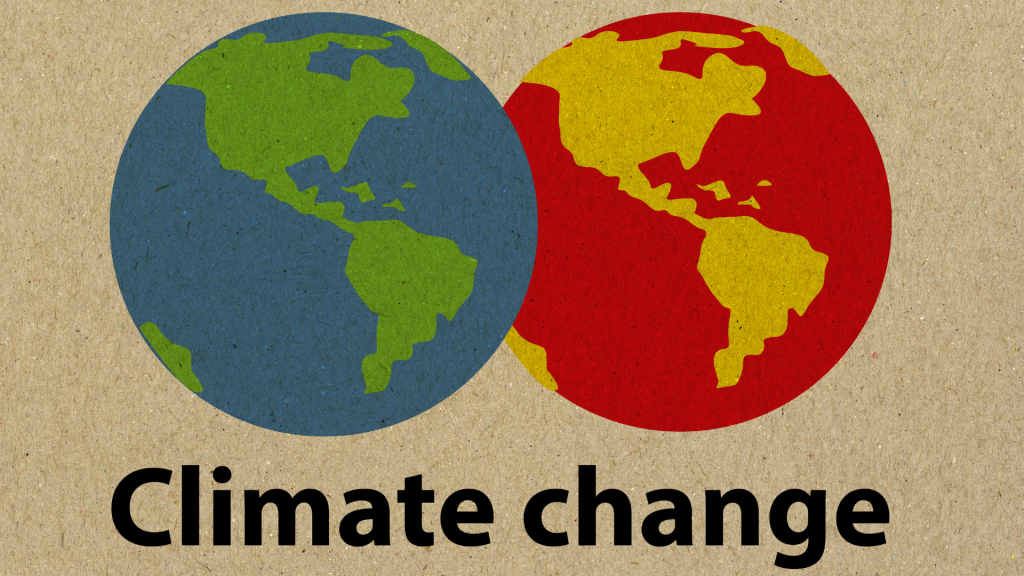Welcome to the world of climate patterns, where El Niño and La Niña are the two most popular kids in town! These weather phenomena have captured our attention for decades, bringing an array of impacts on global weather patterns. But what exactly are they? And how do they work? This blog post will delve into the science behind these fascinating events and helps us understand their impact on everything from rainfall to sea temperatures. So buckle up as we journey through the intricate workings of El Niño and La Niña!
What is El Niño and La Niña?
El Niño and La Niña are important climate patterns that can affect weather around the world. They are phases of the Earth’s global climate cycle, which changes over time due to variations in the Pacific Ocean’s sea surface temperature (SST). The name “El Niño” comes from Spanish and refers to the boy who was left out in the cold, while “La Niña” is Portuguese for “the little girl.”
What Causes El Niño and La Niña
El Niño and La Niña are caused by changes in water temperature in the tropical Pacific Ocean. These changes can lead to big changes in weather around the world!
Normally, warm water (from the Earth) floats on top of cold water (from the depths). But when there’s an El Niño, this “warm pool” of water spreads out much more than it usually does. This makes it difficult for cold waters from below to rise to the surface, so there’s more warm water floating around in the Pacific Ocean. This warm pool causes huge differences in sea-surface temperatures throughout the tropical Pacific. Some areas get really hot, while other areas stay pretty cool. This can cause big changes in weather around the world because different parts of our planet are affected differently by these temperature differences!
La Niña is a very different kind of climate pattern. Normally, cold water from below rises to the surface during La Niña. But this year, there hasn’t been enough cold water to form a pool like there was during El Niño. So instead, we’ve had lots of warm water throughout the entire tropical Pacific Ocean! This has caused big changes, too – but not in weather patterns!
Climate Change and Climate Patterns
Climate change is the long-term alteration of temperature and typical weather patterns in a place. It could refer to a particular location or the planet as a whole. Climate change may cause weather patterns to be less predictable. It is also considered a factor in melting the Earth’s ice caps and glaciers. The melting of ice caps and glaciers can cause sea levels to rise, inundating coastal communities and disrupting marine ecosystems.
Climate patterns are the regular variations in weather that occur over a period of time. These patterns can be caused by various factors, including the Earth’s orbit around the sun, the tilt of the Earth’s axis, and the distribution of land and ocean.
Climate change and climate patterns are closely linked. Climate change can affect climate patterns by changing the average temperature and precipitation levels. This can lead to changes in the frequency and intensity of extreme weather events, such as heat waves, droughts, floods, and wildfires. For example, climate change is thought to be a factor in the increasing frequency and intensity of El Niño and La Niña events. El Niño and La Niña are climate patterns that occur every few years and cause changes in the weather patterns around the world.
El Niño is a warm ocean current that occurs in the Pacific Ocean. It causes the weather patterns in the Pacific to shift, leading to droughts in Australia and Indonesia and flooding in South America. La Niña is a cold ocean current that occurs in the Pacific Ocean. It causes the weather patterns in the Pacific to shift in the opposite direction, which can lead to flooding in Australia and Indonesia and droughts in South America.
The effects of climate change and climate patterns are already being felt worldwide. These effects are likely to become more severe in the future as the Earth continues to warm. We need to take action now to reduce our emissions of greenhouse gases and mitigate the effects of climate change.
What Can We Expect in the Future?
Looking to the future, it is hard to know what to expect. However, there are a few things that scientists can deduce based on past patterns of climate variability. One such pattern is the El Niño-Southern Oscillation (ENSO), which refers to the periodic warming of the Pacific Ocean near Peru and Ecuador. La Niña, on the other hand, refers to the periodic cooling of this same area of ocean water.
Scientists have been able to use data from satellites to monitor these fluctuations more closely in recent years, as well as data from weather balloons and weather stations worldwide. By analyzing all these different sources of information, they can better understand how ENSO works and how it might change in the future.
Some scientists believe that ENSO may become less reliable in predicting global temperatures over time due to changing climates and environmental changes around the world. Others suggest that it will continue to play an important role in regulating global temperatures, albeit with greater uncertainty than before.
In any case, it is difficult to predict the future of climate change with certainty, as the factors that influence it are still largely unknown. However, based on past patterns, scientists can make some educated guesses about what may happen in the future. So while the future is a bit murky, It is likely to be just as interesting – and unpredictable – as anything that has gone before.
Understanding the Cause and Effects of El Niño and La Niña
Climate patterns are a big deal, and understanding them can help us make better environmental decisions. El Niño and La Niña are two of the most important climate patterns on Earth, and knowing their science can help us understand why they happen, what they mean for us, and how we can prepare for them.



